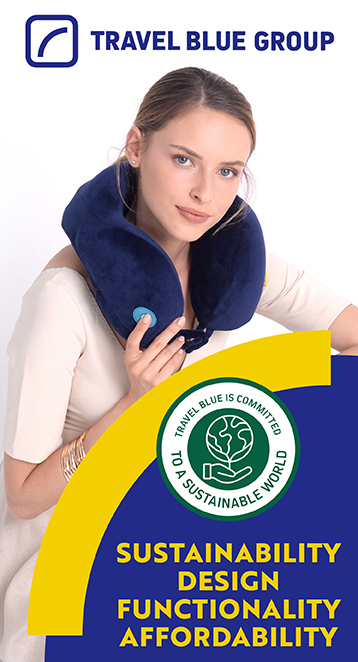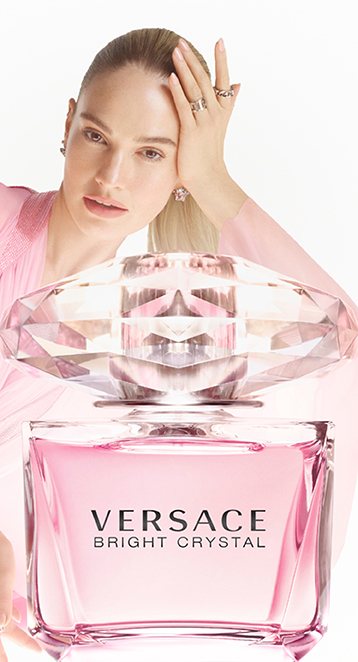![]() “It is time for luxury brands to dare to embrace virtual reality while consumers still discover it and are more receptive to the content conveyed through the technology.”
“It is time for luxury brands to dare to embrace virtual reality while consumers still discover it and are more receptive to the content conveyed through the technology.”
So says Rémi Blanchard, Strategic Planning Manager at agency Mazarine Asia Pacific, in a recent article for Jing Daily (a partner in an information-sharing alliance with The Moodie Davitt Report).
Virtual reality is booming worldwide, notes Blanchard, and China is leading the way. A study by Worldpay found that 95% of Chinese respondents had used it in the past three months – compared to just 24% of US respondents.
“More than ever, brands want to get their hands on virtual reality to boast an advanced technological knowledge,” wrote Blanchard. “But as exciting as it can be, virtual reality must remain a technology utilised to reach a specific objective. It is particularly helpful to overcome luxury houses’ most common challenges.”

Here are four ways in which virtual reality can be used advantageously:
- Rejuvenating a brand image
Using virtual reality is a smart choice for a brand looking to attract a younger audience eager to have one-of-a-kind experiences.
Watch company Vacheron Constantin teamed with acclaimed photographer Steve McCurry to capture 12 exceptional places across the world in virtual reality for a recent campaign. Users were immersed into each location’s unique atmosphere.
- Establishing a new positioning in your audience’s mind
Virtual reality is great for conveying a message to a user who is fully immersed and not distracted by external stimuli. The message is efficiently conveyed and better memorised.
It is the perfect tool for a brand seeking to reposition itself in a market and make sure the user remembers what the brand stands for, as well as its product features.
- Converting prospects into customers
Virtual reality redefines the relationship both brands and consumers have with shopping. It is known for helping boost sales conversion rates, especially when used on the tech-savvy Chinese audience aware of the added value it brings to the shopping experience.
Some 49% of Chinese respondents to the Worldpay survey agreed with the statement that ‘the products or shopping advice that is shown in a virtual environment would stimulate their impulse to buy products’.
Tmall this year launched its Luxury Pavilion, offering virtual reality and augmented reality initiatives imitating a real-life shopping experience.
- Rewarding customers
Virtual reality can also offer exclusive access. Dior was one of the first fashion brands to offer a virtual reality fashion show last year, in which the user could virtually sit in the front row like a celebrity.
Click here to read the full article and to subscribe to Jing Daily.
 *This article was originally published by the much-respected JING DAILY, a Moodie Davitt Report content partner.
*This article was originally published by the much-respected JING DAILY, a Moodie Davitt Report content partner.









